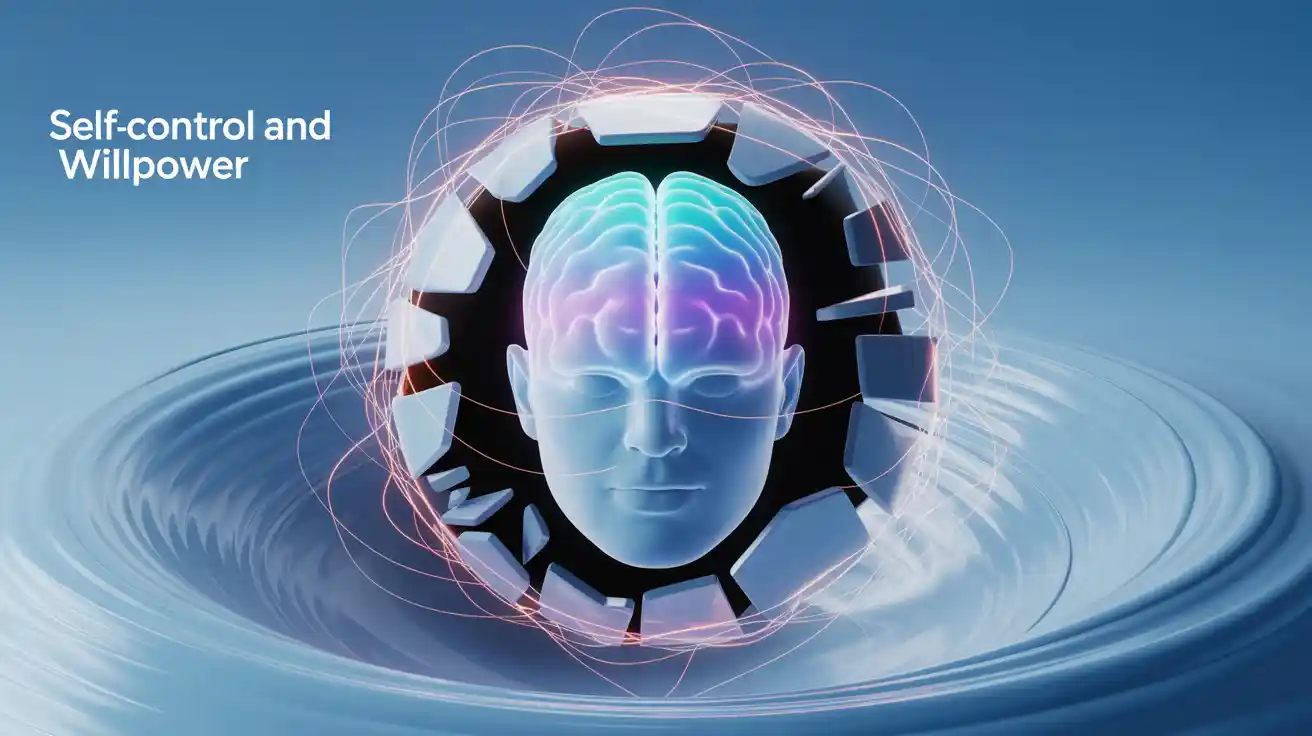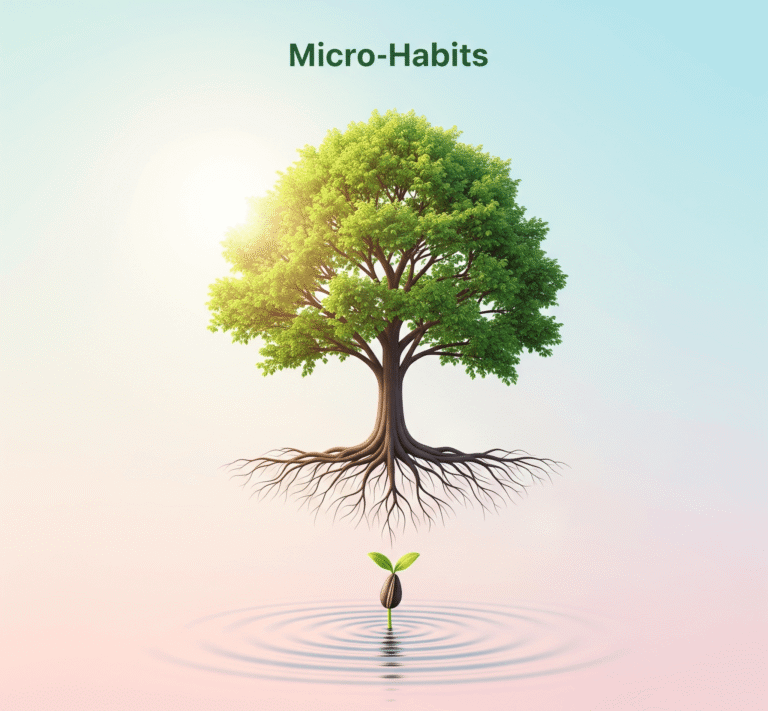10 helpful daily exercise to easily increse your self control
self control
Building self-discipline is key to reaching your goals and enjoying life more. It helps you fight procrastination, make smarter choices, and stay on track.
Getting better at controlling your thoughts, feelings, and actions can greatly improve your happiness. The best part? You can get better at self-regulation with practice and effort.
In this article, we’ll look at 10 daily activities to boost your self-discipline. By adding these to your daily routine, you’ll be ready to face challenges and move closer to your goals.
Table of Contents
The Psychology Behind Effective Self Control
Understanding self-control is key to improving your willpower. It’s a complex trait that involves many psychological processes.

What Happens in Your Brain During Self-Regulation
Exercising self-control changes your brain a lot. The prefrontal cortex, which handles decisions and impulse control, works hard. Self-regulation is about using different brain parts to control impulses and make choices.
This effort can be tough. It’s like balancing short-term wants against long-term goals. Knowing how your brain works can help you improve your self-control.
The Concept of Ego Depletion
The idea of ego depletion says self-control is a limited resource. Using it a lot can make it harder to control yourself later.
- Ego depletion can make you act impulsively.
- Knowing when you’re depleted can help you manage better.
- Resting and using relaxation techniques can reduce ego depletion.
Why Consistent Practice Strengthens Willpower
Regularly practicing self-control can make your willpower stronger. By facing challenges and making choices, you improve your self-regulation.
- Begin with small challenges to build self-control.
- Make tasks harder as you get better.
- Keep track of your progress and adjust your plans as needed.
By understanding self-control and practicing regularly, you can better manage your emotions and actions. This leads to success in many areas of life.
Exercise1: Morning Mindfulness Meditation
Starting your day with mindfulness meditation can make a big difference. It helps you focus on the present and be more aware of your thoughts and feelings. This practice trains your mind to stay in the moment.

How to Practice Mindful Breathing
To do mindful breathing, find a quiet spot to sit. Close your eyes and breathe slowly, feeling the air move in and out. If your mind drifts, gently bring it back to your breath without judging yourself.
Optimal Duration and Timing
The best time for mindfulness meditation is in the morning. Start with 5-10 minutes. Being consistent is more important than the exact time of each session.
Connecting Mindfulness to Impulse Control
Mindfulness meditation boosts your impulse control. It makes you more aware of your thoughts and feelings. This way, you can pause before acting on impulses. Regular practice helps you manage impulses better.
Adding morning mindfulness meditation to your routine improves self-awareness. It also helps you control impulses, leading to better self-management.
Exercise2: The Temptation Delay Technique
To improve impulse control, try the Temptation Delay Technique every day. It helps manage impulsivity by adding a delay between wanting to act and actually doing it. This boosts your self-mastery.
Implementing the 10-Minute Rule
The first step is the 10-Minute Rule. When you feel the urge to act impulsively, wait 10 minutes before doing it. This short wait can greatly reduce impulsive actions and lead to better decisions.
Creating Distance Between Impulse and Action
Creating a gap between the urge and the action lets you think if it’s right. This thinking is key to controlling yourself and reaching your goals.
Tracking Your Impulse Management Progress
To get the most from the Temptation Delay Technique, track your success. Keeping a journal of times you delayed gratification helps spot patterns and areas to work on.
Tips for Effective Tracking:
- Record the date and time of each impulse.
- Note the nature of the impulse.
- Document whether you successfully delayed the action.
By using the Temptation Delay Technique regularly and tracking your progress, you can improve self-control. This leads to achieving your goals in meaningful ways.
Exercise3: Strategic Environment Design
Strategic environment design is a simple yet effective method to improve your self-management skills. By manipulating your surroundings, you can significantly reduce temptations and improve your ability to stick to your goals.
Removing Triggers from Your Space
The first step in strategic environment design is to identify and remove triggers that lead to impulsive behavior. This could mean:
- Clearing junk food from your kitchen to promote healthy eating
- Removing social media apps from your phone’s home screen to reduce distractions
- Rearranging your workspace to minimize clutter and optimize productivity

Creating Visual Reminders of Goals
Visual cues can be powerful reminders of your objectives. Consider:
- Placing sticky notes with motivational quotes around your living space
- Setting your phone wallpaper to a reminder of your current goal
- Creating a vision board to visualize your long-term aspirations
Daily Environment Audit Practice
Conducting a daily audit of your environment helps maintain the changes you’ve made. Take a few minutes each day to assess your surroundings and make adjustments as needed to support your self-control goals.
By implementing these strategies, you can cultivate discipline habits that support your long-term objectives. This will enhance your overall self-awareness and self-management capabilities.
Exercise4: Deliberate Discomfort Training
Deliberate Discomfort Training boosts your self-discipline. It involves putting yourself in uncomfortable situations. This makes you stronger and more resilient.
Safe Ways to Practice Voluntary Hardship
Start with small discomforts in your daily life. Try taking cold showers or waking up early. Begin with small challenges and make them harder as you get better.
- Gradually reduce your sleep to a minimum comfortable threshold
- Up your physical activity levels
- Try fasting or eating fewer calories
Cold Exposure and Self-Discipline
Cold exposure is a great way to train. It improves your circulation and immune system. Start with cold showers and move to ice baths or outdoor cold sessions.
Building Resilience Through Discomfort
Practicing Deliberate Discomfort Training makes you more resilient. This resilience helps you face challenges with confidence. Embracing discomfort builds your self-discipline and improves your well-being.
Keep track of your progress and adjust your training. This keeps you motivated and helps you improve your self-discipline.
Exercise5: Emotional Awareness Journaling
Journaling is a simple yet effective way to develop emotional awareness and improve your self-control. By putting your thoughts and feelings into words, you can gain a deeper understanding of your emotional triggers and learn to manage them more effectively.
Identifying Emotional Triggers of Impulsivity
The first step in emotional awareness journaling is to identify the emotional triggers that lead to impulsive behavior. This involves paying close attention to your thoughts, feelings, and actions when you’re faced with challenging situations. By recognizing the patterns and triggers that drive your impulsivity, you can develop strategies to manage them more effectively.
The STOP Method for Emotional Regulation
The STOP method is a useful technique for regulating your emotions and managing impulsivity. STOP stands for:
- S: Stop what you’re doing
- T: Take a few deep breaths
- O: Observe your thoughts and feelings
- P: Proceed with a clear mind
This simple yet powerful technique can help you regain control over your emotions and make more intentional decisions.
Therapeutic Writing Techniques for Self-Awareness
Therapeutic writing techniques can help you gain deeper insights into your thoughts, feelings, and behaviors. Some effective techniques include:
- Stream-of-consciousness writing
- Reflective writing
- Writing about your values and goals
Reflection Questions for Deeper Insight
To get the most out of your emotional awareness journaling, consider asking yourself the following reflection questions:
- What are my emotional triggers?
- How do I typically respond to challenging situations?
- What are my long-term goals, and how can I align my actions with them?
By regularly practicing emotional awareness journaling and using these reflection questions, you can develop a greater understanding of yourself and improve your self-control.
Exercise6: Habit Stacking for Discipline Habits
You can build new habits that help with self-control by stacking them on daily routines. Habit stacking means adding a new habit to one you already do every day. This makes it easier to add new self-control habits to your life.
Attaching New Self-Control Practices to Existing Routines
To start habit stacking, pick a habit you do every day, like brushing your teeth or making coffee. Then, add a new habit to it. For example, after making coffee, spend two minutes planning your day and setting priorities. This uses your existing habits to help build new ones that improve self-control.
The 2-Minute Rule for Habit Formation
The 2-Minute Rule is a simple way to start new habits. It says any new habit should be something you can do in less than 2 minutes. For example, if you want to meditate, start with just 2 minutes a day. This makes it easier to start and keeps you going.
Progressive Habit Building
After starting a new habit with the 2-Minute Rule, you can make it longer or harder. This gradual increase helps you get stronger and more disciplined. For example, after a week of 2-minute meditation, you can try 5 or 10 minutes. Keep pushing yourself while staying consistent.
Using habit stacking and the 2-Minute Rule helps you build strong discipline habits. These habits support your self-control goals for the long term.
Exercise7: Micro-Decision Practice
Micro-Decision Practice is a great way to get better at making decisions. It helps you make small choices all day. This builds your self-control and helps with bigger decisions.
Strengthening Your Decision Muscles
Just like any muscle, your decision-making ability can be strengthened with exercise. Micro-Decision Practice involves making a series of small, deliberate choices. For example, choosing what to eat for breakfast or deciding on the order of your daily tasks. By doing so, you build your capacity for making more substantial decisions.
Implementing Intentional Choices
To implement Micro-Decision Practice effectively, start by identifying areas in your daily life where you can make more intentional choices. This could be as simple as deciding to take a different route to work or choosing to read a book instead of watching TV. The key is to be mindful and deliberate in your decision-making process.
Overcoming Decision Fatigue
One of the benefits of Micro-Decision Practice is that it helps you overcome decision fatigue. By making smaller decisions, you conserve mental energy for more critical choices. This practice also helps you become more aware of your decision-making patterns and identify areas where you can improve.
By incorporating Micro-Decision Practice into your daily routine, you can enhance your willpower and improve your overall self-control. This, in turn, can lead to better decision making in all areas of your life.
Exercise8: Therapeutic Visualization Techniques
Therapeutic visualization is a strong tool for improving self-control. It helps you mentally prepare for tough situations. By imagining yourself handling these challenges, you boost your ability to control impulses and stay focused.
Creating Mental Rehearsals for Challenging Situations
Mental rehearsal is about vividly imagining yourself in tough spots and succeeding. Find a quiet, comfy spot to relax without distractions. Close your eyes and breathe deeply to calm down. Then, picture yourself in a situation where you usually struggle with impulse control.
Imagine the sights, sounds, and feelings of the scenario. See yourself making a thoughtful, controlled choice.
The “If-Then” Planning Method
The “if-then” method is a special kind of mental rehearsal. It helps you prepare for tough situations by planning your responses. For instance, you might say, “If I’m at a party and offered a drink, then I’ll say no and order something else.”
By practicing these “if-then” scenarios, you build self-control. This way, you make better choices when it counts.
Guided Imagery for Impulse Management
Guided imagery uses a story or script to guide your mental pictures. It’s great for managing impulses and improving self-control. You can find guided imagery exercises online or work with a therapist to create your own script.
Sample Visualization Script
Here’s a sample script for guided imagery to help with impulse management: “Imagine walking into a room where you’ve struggled with impulse control before. See the room and everyone in it clearly. Now, feel calm and confident, knowing you can make good choices.”
Picture yourself resisting temptation and choosing wisely. As you keep imagining, feel proud and accomplished.
Exercise9: Digital Detox Intervals
To improve self-control, try digital detox intervals in your daily life. They help you focus better and develop healthier digital habits. This can make a big difference.
Scheduled Technology Breaks
Set times when you won’t use digital devices. This cuts down on distractions and lets you focus on what’s important. It’s a simple yet effective way to manage your time.
Begin by not using tech during meals or an hour before bed. Then, you can take longer breaks, like hours or even a whole day. It’s a great way to take back control of your time.
Replacing Screen Time with Presence
Digital detox gives you a chance to do more mindful things. Try hobbies, reading, or exploring nature. These activities make your life richer and less dependent on screens.
Being present helps you understand yourself better. You make choices that are more thoughtful and meaningful.
Building Digital Boundaries
Creating digital boundaries is key to staying in control. Decide when and where you can use your devices. This helps you stay focused and balanced in your digital life.
Setting these limits protects your time and energy. It leads to a more controlled and fulfilling digital existence.
Exercise10: Progressive Self Control Challenges
Mastering self-control comes from facing small, then bigger challenges. This way, you build your willpower and reach your goals.
The Science of Achievable Challenges
Studies prove that setting doable challenges is key to self-discipline. When you meet a challenge, your brain gets a dopamine boost. This makes you ready for the next challenge. It’s like how muscles grow with exercise.
Creating Your Self-Control Ladder
To start, make a “self-control ladder.” Begin with easy tasks and make them harder as you get better. For example, start with 10 minutes of focused work without distractions. Then, increase the time as you get more skilled.
Celebrating Small Wins
It’s important to celebrate your small wins. Acknowledging your achievements, no matter how small, helps keep you motivated. It shows you’re on the right path.
Weekly Self-Assessment Template
Use this weekly template to track your progress:
- List your self-control challenges for the week.
- Rate your performance on each challenge.
- Identify areas for improvement.
- Adjust your challenges for the upcoming week based on your assessment.
By using this method, you can improve your self-discipline step by step. This will help you reach your goals.
Conclusion: Your Journey to Mastering Self Control
Exploring the 10 daily exercises to boost self-control is a big step towards self-mastery. By adding these practices to your daily life, you’ll get better at improving self-control. This will help you reach your personal goals.
Keeping a therapist aesthetic in your journey can also help. It focuses on the visual and emotional sides of your path. This approach makes you more committed to your goals and helps you understand your motivations and triggers better.
Remember, mastering self-control is an ongoing journey. It needs patience, persistence, and self-awareness. Stay committed to these exercises and be kind to yourself. This way, you’ll develop the skills to overcome challenges and make lasting changes.







